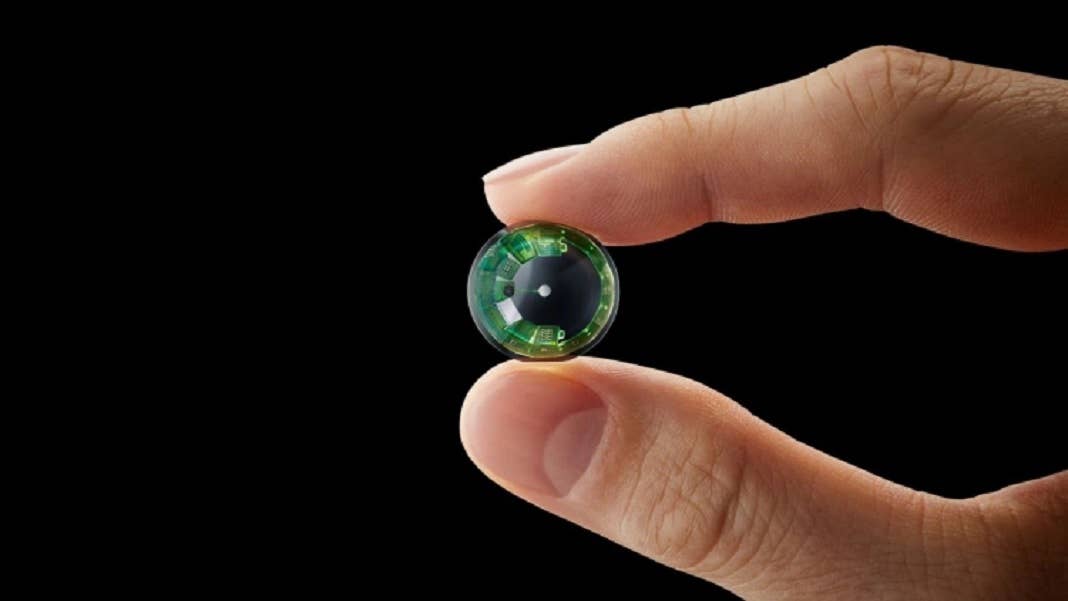Electric Car Company Better Place Bankrupt, Burns Nearly $1 Billion

Share
Electric cars just took a major detour, at least in Israel. Behind the company Better Place, the country had been Europe’s foremost champion for electric cars, vowing to replace all gasoline-run cars with electric ones over the next few years. But after racking up massive debt over the past five years, the company has been forced to file for bankruptcy.
Two major limitations keep electric cars from going mainstream, and both center on the battery. For one, charge storage is limited. The cars produced by Better Place had a range of about 100 to 160 miles per charge, leaving many to worry about getting stranded. Another problem is the cost, as the battery is the most expensive part of an electric car.
When he founded Better Place in 2007, Shai Agassi sought to solve both of these problems by retaining ownership of the batteries in the cars, that way they could be leased to customers at prices comparable to conventional cars, and by setting up ‘swap stations’ where a spent battery could be swapped out for a fully charged one. Dozens of stations were set up around Israel initially, then in Denmark and the Netherlands to extend the car’s European range. And, thinking globally, the company had even set up stations in China, Hawaii and Japan.
Israel, Agassi’s home country, was considered an ideal place to establish the feasibility of the system because of its relatively small size, dense population centers, and high gas prices. Backed by Israeli President Shimon Peres and Prime Minister Ehud Olmert, Israel had formed a partnership with Better Place and Renault-Nissan with the explicit goal of replacing gas-run cars with electric ones. The company attracted private support too, raising as much as $850 million in funding from companies including General Electric, Morgan Stanley and HSBC. It all looked so promising a year ago when the company launched its first network.
As it turned out, Agassi’s solution, so elegant on paper, didn’t translate quite as well to the real world. First, it drove overhead costs extraordinarily high. Each switch station cost about $500,000 to build and, to make a network large enough for even Israel required building dozens of stations. And – the fatal drawback – even when the stations had been built, customers remained unconvinced. The company could only attract 750 drivers throughout all of Israel. On May 26th, citing losses totaling almost a billion dollars, Better Place filed to liquidate.
Be Part of the Future
Sign up to receive top stories about groundbreaking technologies and visionary thinkers from SingularityHub.


Signs that something might be fatally wrong with the company could have been read into last September’s ouster of Agassi. Speaking with Forbes following Agassi’s departure, Better Place chairman Idan Ofer had said the company would turn around, they just needed to scale. “The faster we scale up and refine the model, the faster we’ll be making money. I would say there’s probably two years, three years to go.”
Apparently they couldn’t wait that long.
“This is a very sad day for all of us,” Better Place’s Board of Directors said in a statement. “We stand by the original vision as formulated by Shai Agassi of creating a green alternative that would lessen our dependence on highly polluting transportation technologies. The technical challenges we overcame successfully, but the other obstacles we were not able to overcome.”
But while Better Place screeches to a halt, the world’s leading electric car maker, Tesla continues to pick up speed. The company’s shares are up 180 percent this year and there’s plans in the works to add to the successful Model S ($62,000 to $87,000) with another sedan and a compact SUV, both priced around $35,000 and with ranges of around 200 miles. Unlike Better Place that required a vast network of swap stations to make owning the cars feasible, scaling the Model S has tracked consumer demand. The Model S can drive 208 to 265 miles on a single Supercharge. Supercharging stations provide reliable 150 mile boosts for long distance travelers, but right now there are only 12 of them. The company says they plan on installing hundreds more by 2015. In an effort to spread publicity about the feasibility of electric cars, Tesla’s charismatic founder Elon Musk plans to take the Model S on a road trip across America, recharging all the way from New York to Los Angeles.
As with gasoline-powered vehicles, some electric cars will be successful, some won’t. While Better Place’s solution to low battery power was technologically elegant, it wasn’t socially effective. As other electric cars like Tesla’s growing fleet, Mitsubishi’s i-MiEV, Chevrolet Volt or Nissan’s Leaf compete in the electric car market, the feasibility will grow with as visibility – and the number of charger stations – spread. Hard lessons will be learned and more companies will fold. But the biggest winner may still be Agassi’s original vision, to one day rid vehicles their dependency on oil.
Peter Murray was born in Boston in 1973. He earned a PhD in neuroscience at the University of Maryland, Baltimore studying gene expression in the neocortex. Following his dissertation work he spent three years as a post-doctoral fellow at the same university studying brain mechanisms of pain and motor control. He completed a collection of short stories in 2010 and has been writing for Singularity Hub since March 2011.
Related Articles

This Portable Wind Turbine Is the Size of a Water Bottle and Charges Devices in Under an Hour

Mojo Vision’s New Contact Lens Brings Seamless Augmented Reality a Step Closer
The Weird, the Wacky, the Just Plain Cool: Best of CES 2020
What we’re reading
![[Source: Better Place]](https://singularityhub.com/wp-content/uploads/2013/06/image1A.jpg)
![Better Place is still committed to founder Shai Agassi's vision, even if they're no longer behind the man. [Source: Wikipedia]](https://singularityhub.com/wp-content/uploads/2013/06/image2A.jpg)